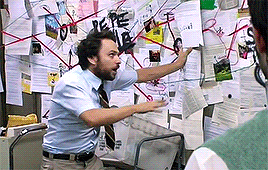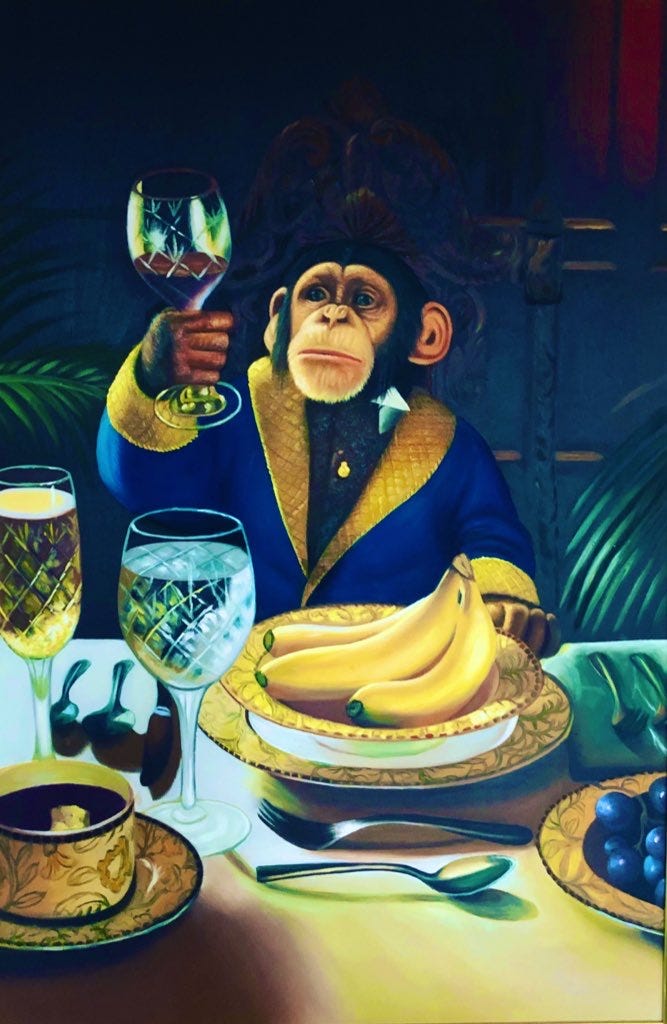Two years ago, I predicted this would be the Golden Age for wine online. And in some ways, it is. The technology, platforms, industry acumen, and consumer buying patterns have improved tenfold in the last two years versus more than in the previous decade. But there's a black cloud over digital wine. Nearly every wine-tech company is laying off people or is for sale. The cracks are more evident when you see Google Ads on some leading sites. But the nuclear winter for wine is also baked into the challenges of building a scalable wine business model. To date, no pure-play wine-tech company has earned over $350M in revenue or could be considered the top platform for the industry. The idiosyncratic nuances of wine make it hard for investors to understand the opportunity. But, equally importantly, it blinds too many passionate wine entrepreneurs to the barriers and flaws in their models for scaling their businesses.
So, what factors inhibit the success of digital wine startups? First, we need to identify some key attributes of wine that, when combined, make it a unique consumer product:
Wine is alcohol - there is no getting around the fact that we sell an adult product that, while having some health benefits, is not healthy at high consumption. There is a limitation that someone can, or equally importantly, that we want to sell to a person.
Alcohol is regulated - Because we are an adult beverage, there are regulations in every country, or in the case of the US, every state, to help mitigate abuse.
Wine is an infrequent purchase - i.e., an occasional drink bought from various sellers across many brands and products. Because it is alcohol, it is not consumed at the frequency of food, water, other beverages, etc. You don't have it at breakfast; few people have it at lunch, and for health reasons, it is not consumed daily by average consumers. And when it's appropriate to consume, unless you are passionate about wine, there are many substitutes (spirits, beer, seltzers, RTD, cannabis drinks, and more) to consume. Most often, if you consume it as a social drink, the economics favor the other drinks (buzz per buck).
Wine is not singular. It ranges from being an inexpensive adult beverage whose primary purpose is to deliver alcohol. But wine is also a delicious communal drink for occasions, food, and friends. But wine can also be an ultra-luxury item used for investments. It spans the entire range from everyday consumer goods to exclusive luxury items.
Boutique wine is often expensive - Even if you are passionate about wine, many wines are a luxury purchase. Assuming you consume wine daily (after work, at dinner, happy hour, Netflix, and chill), the cost to enjoy most of the category ($25-$40+) at that frequency is prohibitive.
Wine is heavy, fragile, and expensive to ship.
Distribution is unequal - Because of the routes to market, the production quantity, shipping regulations that prevent you from buying wine from a single universal retailer, and the cost of shipping, all wines are unavailable no matter where you live.
Wine is a super long-tail CPG category - no other consumable has the selection that wine does. Other super long-tail products like books, music, and movies (which we should study) can be analyzed and cataloged using technology and, even more importantly, delivered digitally. Moreover, those products have a median price point no matter the price point, where the price significantly increases as you move down the long tail. Some estimate that the world creates almost 1.2 million new wine products annually (most staying in their local market). The US TTB (the government agency responsible for national alcohol regulations) approved nearly 180K new wines last year alone. And most of those wines are good in the market for two to twenty years, making it a compound problem. Rough calculations put the market at nearly a million different wines for sale per year in the US (that does not account for the same wines in various sizes): everything from old sauternes and ports to newly released canned wines.
Wine is ubiquitous - There are so many more convenient places (grocery, liquor, convenience, wine stores, and more) to buy wine vs. on the internet. And with so many wines available, substitution is an easy solution to getting wine to drink. Moreover, wine is often an impulse purchase; depending on the study, most is consumed within 48 hours or the first week after a purchase.
Wine is complex (both a bug and a feature) - A fundamental magical attribute of wine is the variation in flavors across regions, varieties, styles, winemakers, vintages, and more. And, with some regionally mandated rules, typicity is no longer guaranteed. Often, the people who are particularly attracted to wine are intellectually curious and enjoy the exploration not only across all these variations but also to understand the attributes of a single bottle. Unfortunately, too many oenophiles believe that other consumers think like them or, if educated, would appreciate the journey as much as they do. But in reality, most consumers see wine as a wonderful, and often communal, adult beverage. The assertion that people even want to be educated about wine is incorrect. An analogy would be if people needed to be educated before watching a movie, reading a book, or listening to music. For example, I may love a catchy tune, but I am not interested in understanding music, genres, artists, producers, etc. However, some people are passionate about all these attributes. Whereas most consumers want something that "just doesn't suck," and that risk aversion increases with every dollar added to the price of the wine.
Wine is subjective - Even with this understanding of wine, what you like may differ from your friends, spouse, or guests. Outside of one person's sensitivities, the taste is also affected by a plethora of environmental influences (company, time, temperature, mood, food, smells, etc.); like the three-body problem in physics, it creates an impossible challenge to guarantee how a wine will taste.
Most of the long tail is limited in its ability to grow. Unlike other CPG or long tail products, the ability to scale the production of wine is impossible because it is constrained by the land, the yield, and what is already in the barrel. That means they cannot grow the business through increased production even if a small winery quickly becomes incredibly successful (e.g., through a 100-point score, excellent press, or celebrity zeitgeist). The only lever they have is increasing their price. Also, that creates the limitation of marketing/operational spending and a ceiling for the potential market opportunity for boutique wines. One can calculate estimated spending by multiplying production times SRP.
So, what is wrong with current online models? Peeking behind the curtain at top digital wine categories, the challenges above quickly emerge and impose limits on scalability and revenue potential across each model.
Up Next - The Limits of Online Retailers









Nice summation. Your quote, "Wine is not singular." is true for the category, but perhaps that is where a wine brand needs to play to stand apart in the sea of sameness. I just wrote about "Singular" a week back - triggered by a Pharrell Williams observation of a new artist and her sound.
https://www.linkedin.com/pulse/singular-tobin-toby-trevarthen-163we/?trackingId=7SYb%2FMsgRkimwBdydHS5FQ%3D%3D